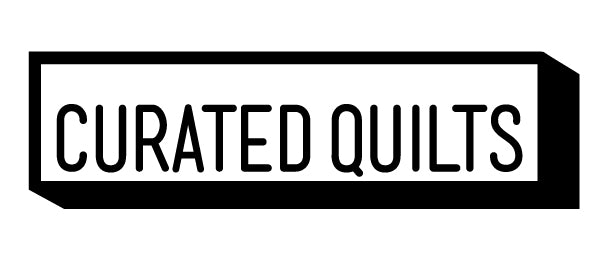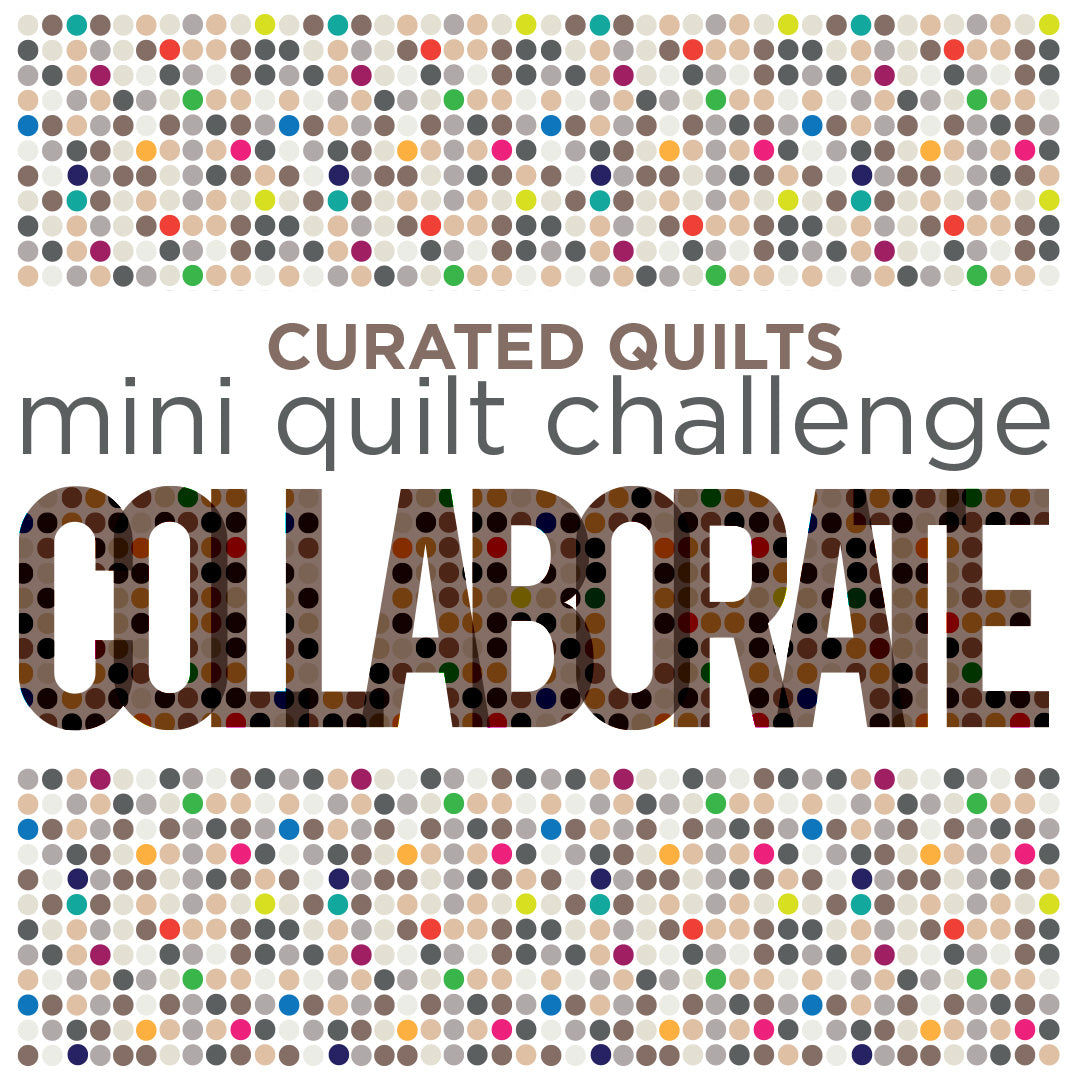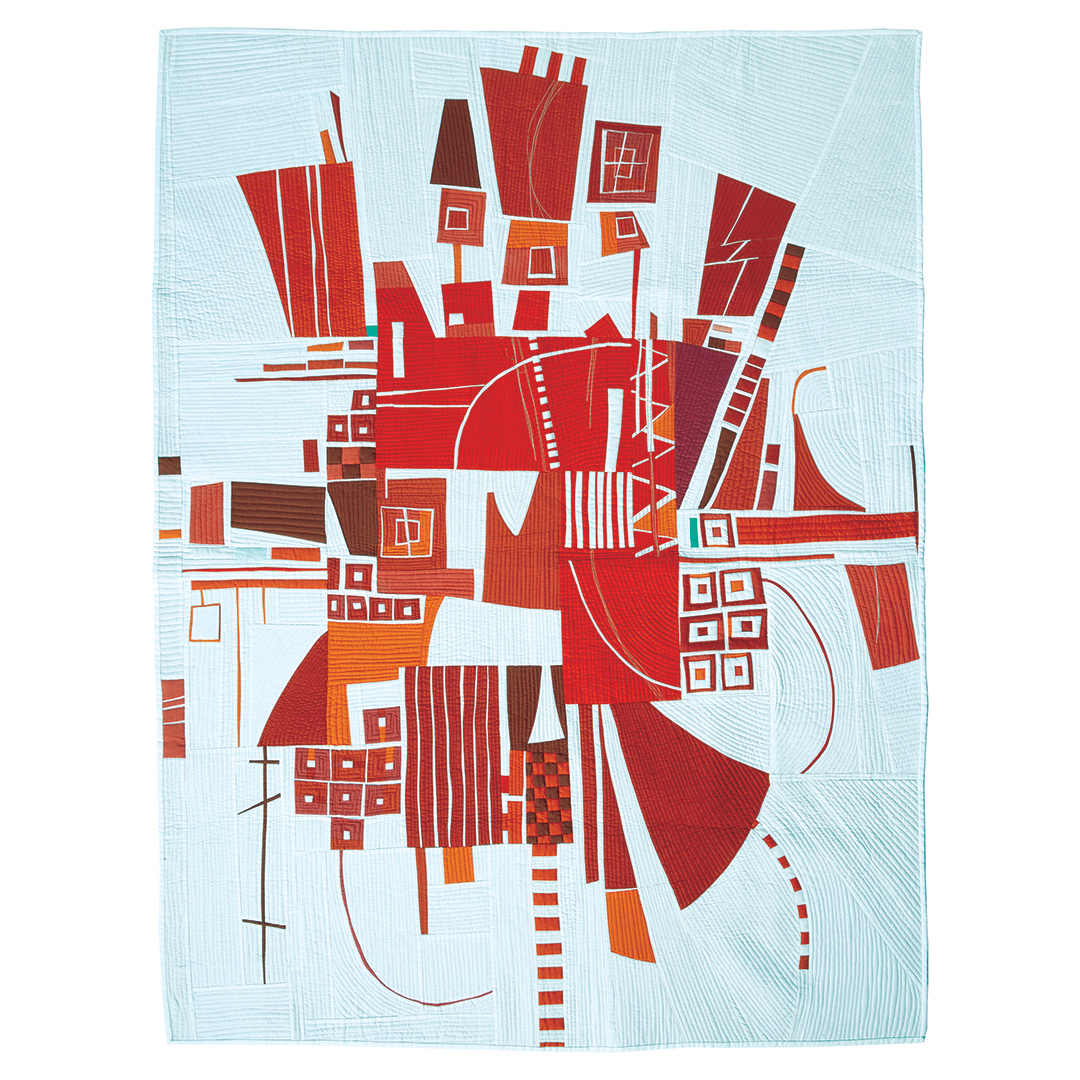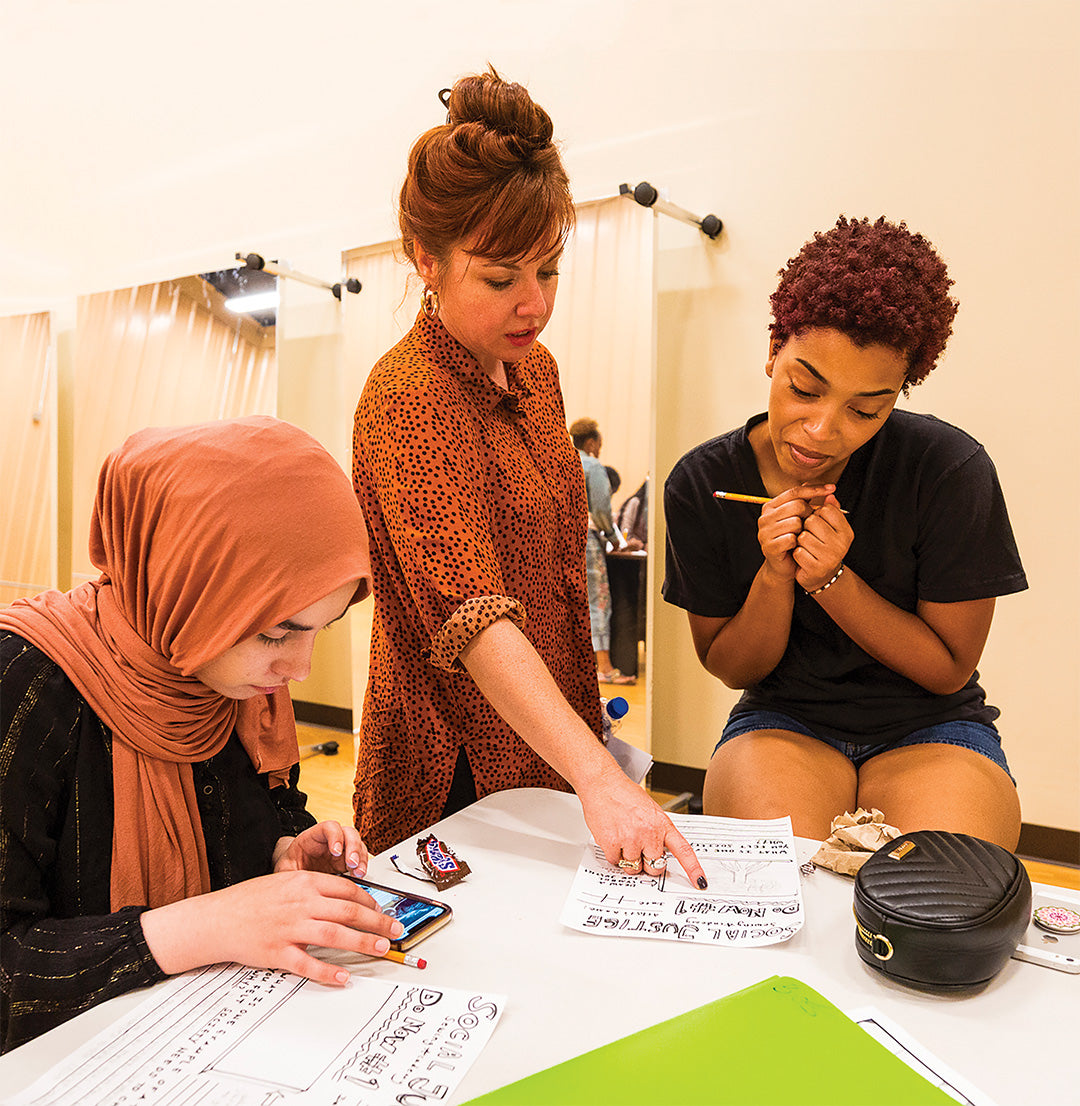The pandemic has created a slew of various constraints on what was once our normal, day-to-day life. As restrictions and limitations have been thrust upon us, it is, perhaps ironically, easy to feel a little out of control.
As in any atmosphere where circumstances feel beyond control, one way to restore some of that power is to impose more boundaries on your creative process. In her article, ‘The Power of Constraints,’ Alexis Deise outlines the benefits of imposing specific restraints on your choices and working through a series of quilts that all implement these self-imposed guidelines.
Constraints are usually associated with negativity, so it may seem counterintuitive, but when thoughtfully implemented in the creative process, constraints create a strong structure upon which to explore and often push the artist to think outside of the box.
How does it work? How do constraints help the creative process? Deise says, “For me, it is simple: rather than start from the broadest point possible:’ “make a quilt,’ with infinite possibilities and choices to make and discard, the process can begin at a point further down the road with some decisions already made. That is, much of the ‘unnecessary’ has already been eliminated; the choices left to be made are those I want to focus on.”
Deise points out that the quilt medium already provides natural constraints. We have a specific set of materials we typically work from and quilts usually include top, middle, and backing layers. Other types of constraints we can consider imposing are working with a limited color palette, choosing to work with solids or print fabrics, or repeatedly working with a specific print within a whole series, and limiting a series to a single form (a specific shape, block, or layout).
Rules are essential for unifying multiple separate works into a single series. Diese explains: “Once the constraints are set, the artist decides how to introduce differences or variations. These constraints and variations become the focus of the series and help drive its meaning. What transforms a quilt into an artwork are the choices made beyond those dictated by the form.”
In Deise’s Kintsugi Quilt Series she challenged herself to use basic elements from the quilting tradition: half-square triangles, flying geese, strips, and squares. She used similar color palettes and hand-quilting to create consistency in the finish. Deise masterfully worked a black and white striped print into each quilt in the series. The result is geometric candy, grounded by the subtle use of the black and white stripe.
In a series of quilts based on the feminist jurisprudence of Justice Ruth Bader Ginsberg, Deise used toile fabric to represent the female domestic experience.
You can learn more about how to effectively implement constraints while working within a series by reading Alexis Deise’s article, ‘The Power of Constraints: Working in Series and the Creative Process’ inCurated Quilts, Issue No 4: ‘Triangles’. Digital issues are now available.
Alexis Deise’s quilts explore the intersection of traditional craft and modern expression by incorporating motifs and techniques from traditional quilts into a more contemporary context. Alexis can be found on Instagram at @alexisdeise and atwww.alexisdeise.com
By Brittany Bowen Burton




